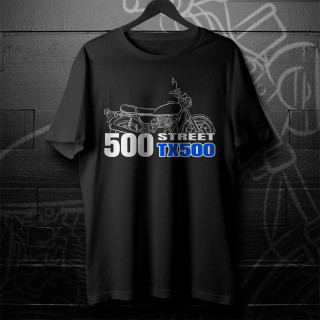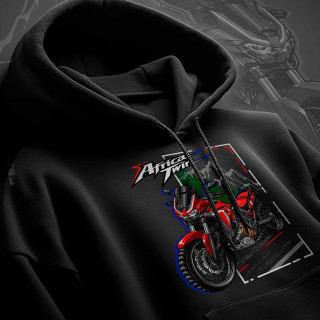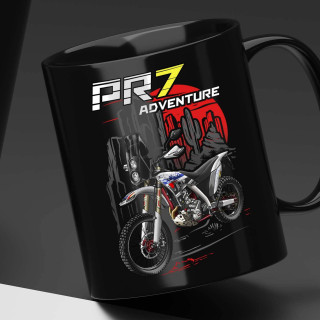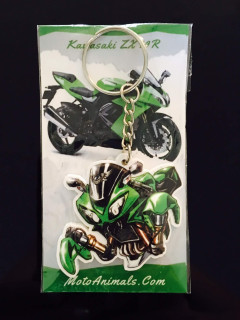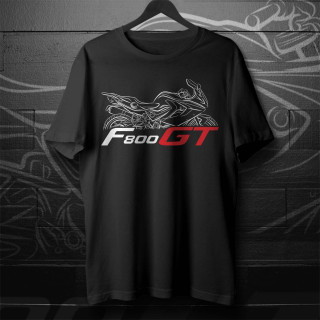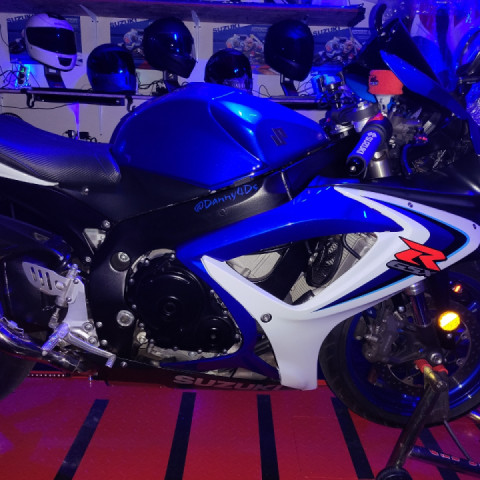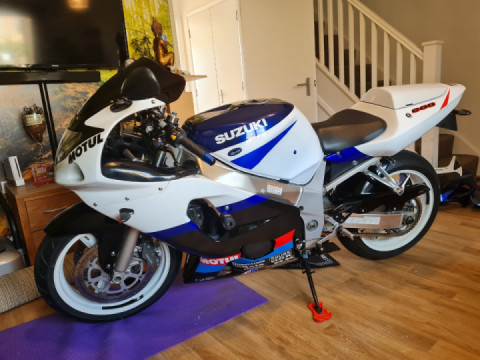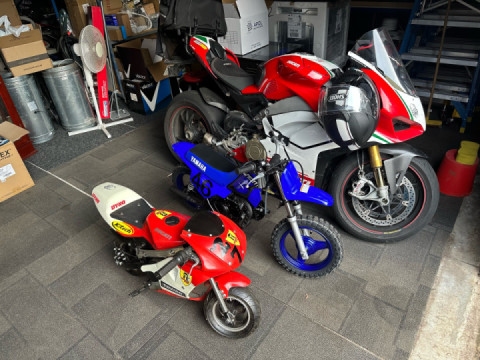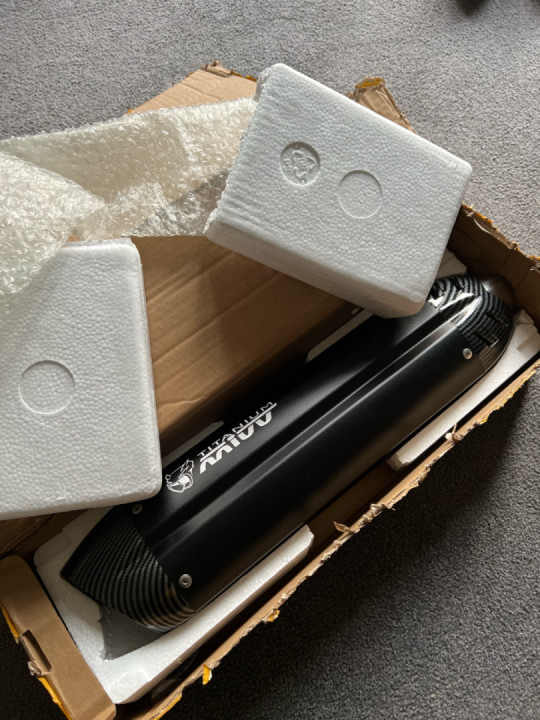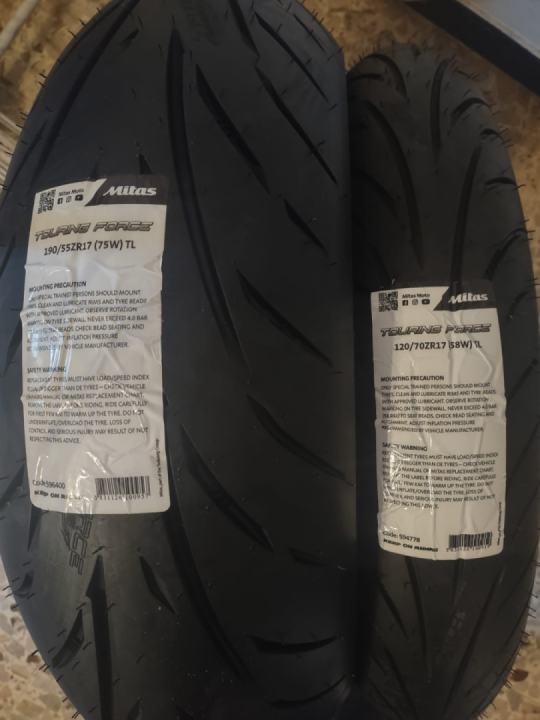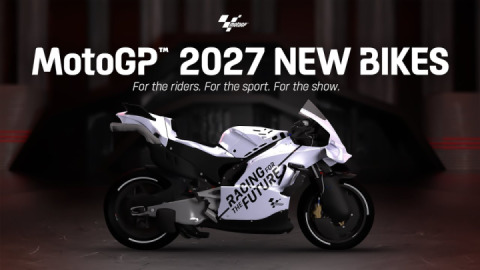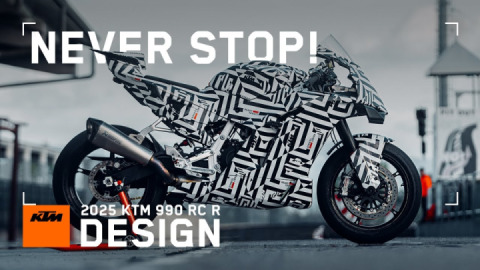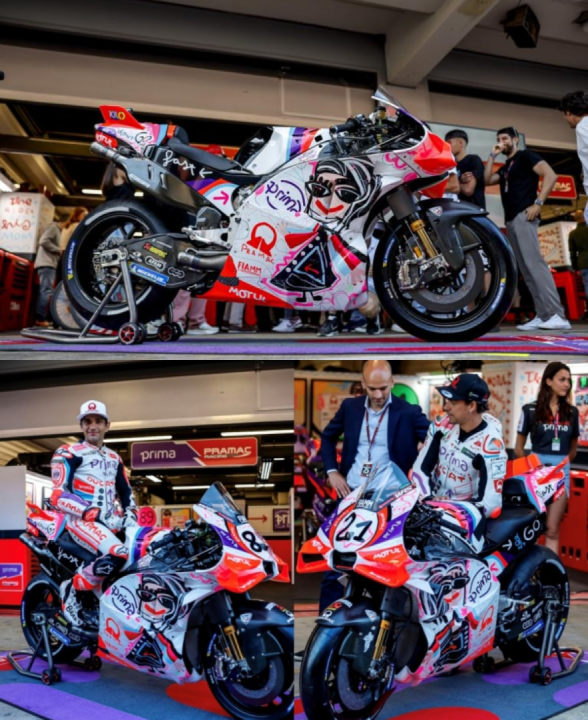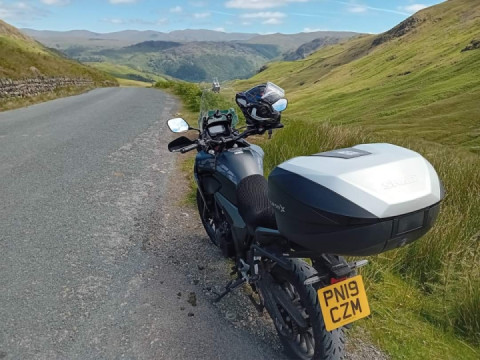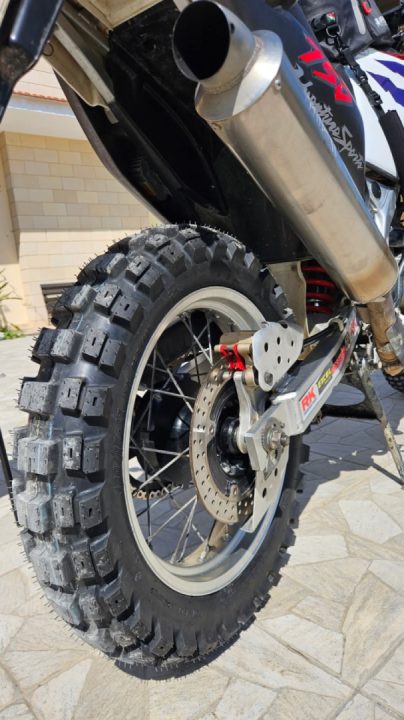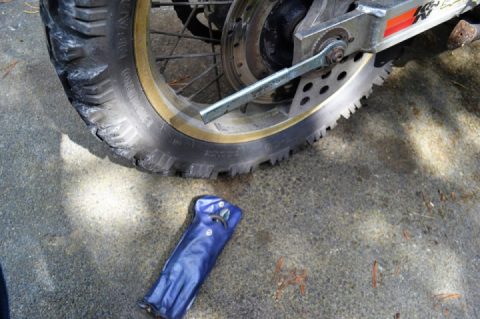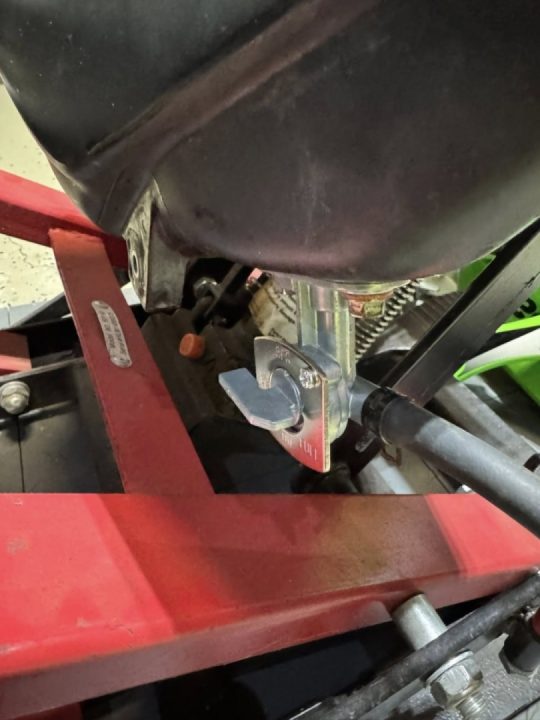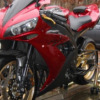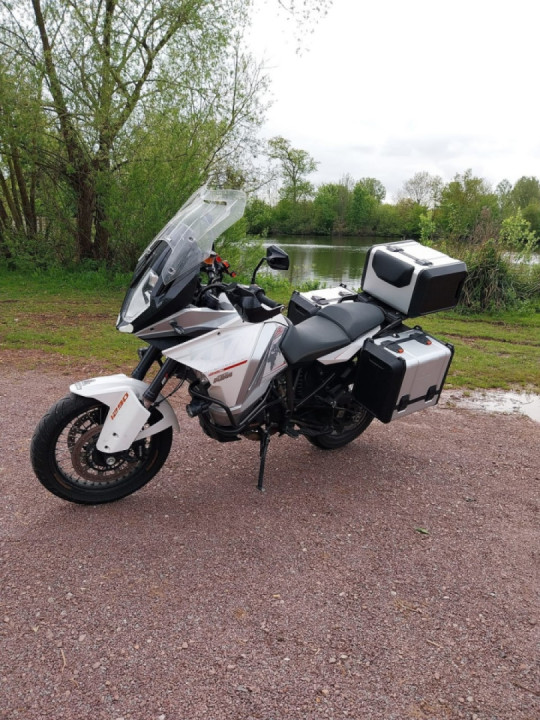It has been hard to make sense of the start of the 2022 MotoGP season. In the first three races, nine different riders filled the nine podium positions.
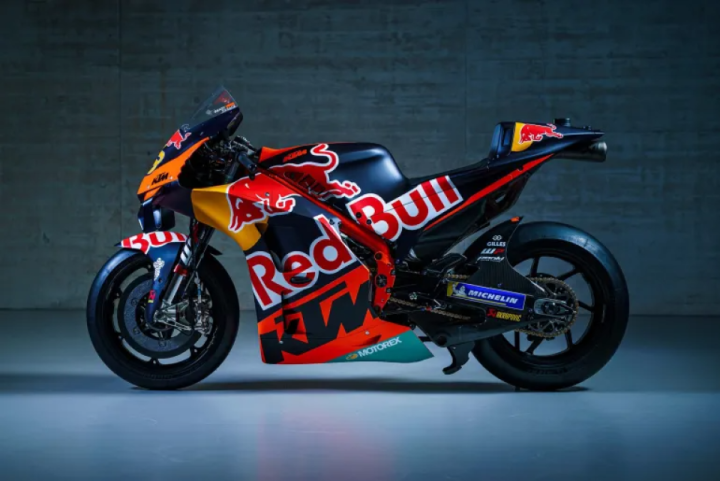
In Texas, we had our first repeat winner in Enea Bastianini, and Alex Rins repeated his podium from Argentina, while Jack Miller became the tenth rider to stand on the podium in four races.
In one respect, the 2022 season is picking up where 2021 left off. In 2021, MotoGP had eight different winners in 18 races, and 15 different riders on the podium.
The 2020 season before it had nine winners and 15 different riders on the podium from just 14 races, the season drastically shortened by the COVID-19 pandemic.
Much of that variation can surely be ascribed to the absence of Marc Marquez as a competitive factor.
The eight-time world champion missed all of 2020 and was only really getting up to speed toward the end of 2021. Without Marquez consistently at the front, there was more room for others on the podium.
That only explains a part of the enormous variation in riders, however. A much bigger role is played by the sheer depth of competitive machinery on the grid.
Aleix Espargaro’s victory in Argentina meant that all six MotoGP manufacturers have now won a grand prix, and every one of the riders on the 2022 grid has won at least one race in a grand prix class.
Of the 24 bikes on the grid, there are only 4 which are not 2022-spec, factory-backed machines. Even the level of the teams and mechanics has never been higher in motorcycle racing’s premier class.
In a tight field, even the smallest differences make a difference. Getting the setup right, to operate as closely as possible to the middle of the performance window of the Michelin tires, can be the difference between triumph and despair.
Comparing the 2018 and 2021 seasons, the Top 10 were an average of 3 seconds closer together than three years ago. In 2018, 21.9 seconds covered the top 10; by 2021, that had been cut to 18.7 seconds.
What happened in the past three years? Two major developments have served to stress the tires in a completely different way. Firstly, the increasing refinement of aerodynamics packages is loading the front wheel very differently.
And secondly, the addition of ride-height devices, lowering the rear (and now front) of the bikes on corner exit, has increased the stresses going into the rear tires.
At the Circuit of The Americas, on Sunday evening after the race, Red Bull KTM Factory Racing rider Miguel Oliveira laid out his perception of how the series has changed, and why that has made the results so unpredictable.
“This season is like that, one weekend is maybe good, the other weekend you struggle,” the Portuguese rider told us. “I think it’s going to be more normal in this era of bikes in MotoGP. I think just the window of work and performing well is so short and narrow.”
Although Oliveira professed not to be an expert on the engineering side of racing, he did have a particular view of the causes.
“From my perspective, I think the aerodynamics have something to do with it, because we accelerate a lot faster, we brake much more. And so somehow the stress you have on the tires makes them much more sensitive in terms of working temperatures and pressures, and this is important to be competitive and to be fast.”
Aerodynamics has not been the only area of rapid development. Ducati debuted the revised form of its rear holeshot device, allowing it to be used during the race at the end of 2019.
By the middle of 2021, every manufacturer on the grid was using them, with Ducati, Aprilia, KTM, and Honda all having systems which activate automatically, lowering the rear of the bike on corner exit.
This was another factor in changing the load in the tires, Oliveira pointed out. “I think in 2020 season we started to see some guys at Ducati starting to use the ride-height devices, and somehow this affects a lot the dynamics of the bike accelerating and braking,” the KTM factory rider said.
“So the pitch is much more, which you induce accelerating and braking. Plus the aerodynamics, all the load you have, we are going faster, so of course we use the tires more, and so when we use the tires more, it makes the window, the working range quite narrow, I feel.”
The unexpected side-effect of the ride-height device was to cause the bike to pitch more on braking. With the rear lower on the straight, and the ride-height device only releasing once braking starts, the rear of the bike had further to travel, causing more weight transfer under braking.
Oliveira believes this is one of the main reasons that Ducati came up with the front ride-height device, lowering the front of the bike on corner exit. By keeping the bike level, it pitched less in braking.
“I think because of that reason, Ducati with the front ride-height device, they try to avoid the pitching,” Oliveira told us.
“Because the bike was coming from a lower to a higher position, and so once you brake with the bike level, your weight balance and distribution will remain the same, but you will just be lower. So I think that what we are doing now is going from a low rear of the bike and coming back.”
The ride-height devices also changed the way the aerodynamics work. Lowering the rear of the bike changed the angle of attack of the wings, which alters their effect, and changes the way the aerodynamics work.
“Of course that also affects the aerodynamics, because the wings have different degrees when we are down and when we are braking,” Oliveira reflected, before admitting defeat in the face of complexity. “Of course it’s complex. I know nothing about it, so!”
The aerodynamics and ride-height devices add two new dimensions to the dynamics of a MotoGP bike. With two new variables to consider, setup has become even more complex. And that complexity makes it easier to wander outside of Michelin’s narrow performance window.
Especially as the ride-height device is being used in some corners and not others, changing the loads on the tires in some braking zones, but not in others. The ride-height devices have created something of a moving target in terms of setup, despite the fact that it offers a clear advantage in terms of acceleration.
All of these changes had also left Michelin’s development program chasing a moving target, as tire loads and stresses have changed significantly over the past couple of years.
The French tire-maker has been working on a new, stiffer construction front tire offering more support, but the combination of lack of testing during the pandemic and the altered vehicle dynamics of the MotoGP bikes had caused its introduction to be pushed back until 2024.
“Basically it’s delayed, because we are working to improve the temperature and the pressure control,” Michelin Two-Wheeled Motorsport manager Piero Taramasso told me at the Sepang test. “Now when you have the slipstream, the tendency of the front tire is to overheat. So we are working on that, to try to better control that point.”
The aerodynamics and ride-height devices had made Michelin’s job more complex, Taramasso admitted. “We realized in the past two seasons, that bikes are changing, they are putting more and more weight on the front, with the winglets, and riders are braking very very hard. So the load is changing, so we had to also change the development to adapt to that.”
To make things even tougher on the front tire, Brembo has introduced a 355mm front brake disc for use at some of the harder braking circuits. This puts even more load into the front tire, complicating setup even further.
MotoGP may be the pinnacle of two-wheeled motorsport, but that comes with challenges. As the field tightens, and technology tightens the performance window of the Michelin tires, setup becomes ever more vital to success.
The rewards for getting setup right are greater, and because of the importance of qualifying, the time available to spend on pure race setup gets less and less.
That, perhaps, explains why the field is so up and down at the moment. With the teams and riders chasing a moving target, there will be some weekends where a particular rider or team hits it, and other weekends where they don’t.
Consistency is getting harder to find. And in the end, it is consistency which wins championships.
Photo: © 2022 Philip Platzer / KTM – All Rights Reserved
Sourse: asphaltandrubber
#MotoSport #Bike #Sportbike #Race #Racing



